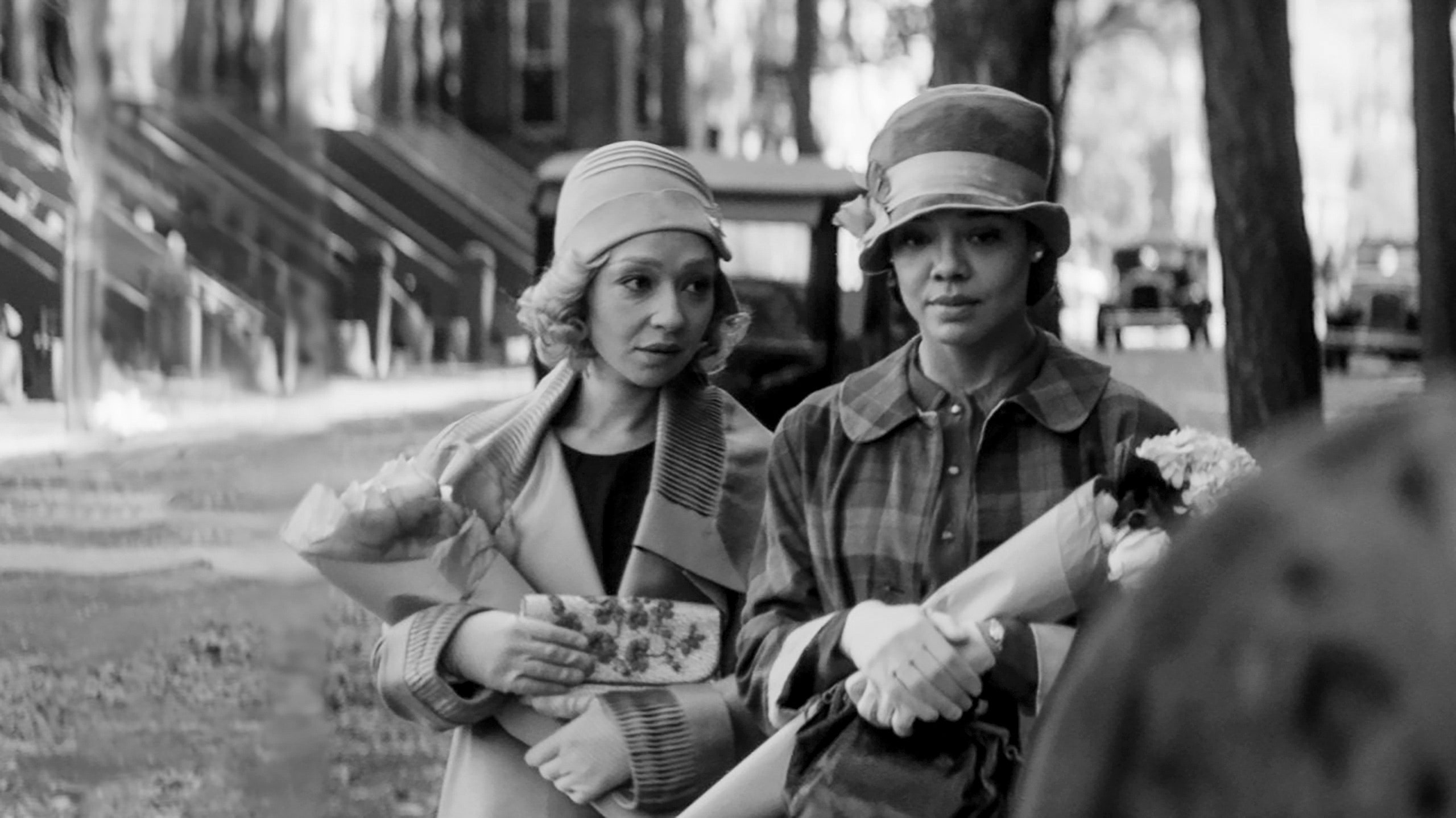1. Know Your Vision and Your Audience
Though completing a script feels like a lot of work, it’s really just the beginning of making a film, and a script itself isn’t necessarily enough to properly introduce your story or you as a creator. Enter: the pitch deck. As Yang Bongiovi puts it, “We create it to accompany your screenplay to give it more life, to give it more action.”
When trying to find all the necessary resources for financing, producing and distributing a movie, you will need to be able to communicate what you are trying to do with your project, giving as much information as possible to really help grab the attention of those who can help you. Pitch decks are sent to a number of industry professionals, including but not limited to additional producers, development executives, sales agents, financiers or grantors, interview subjects, casting directors and a myriad of other potential collaborators.
Communicating with so many people in so many different areas of focus requires a very clear vision to ensure that everyone reading about your project will be on the same page. “Are you trying to get a producer on your project, financing or possibly distribution, or talent? It’s about who you’re going after, and it’s the shortcut of getting engagement,” explains Yang Bongiovi. “And then, of course, your script’s going to have to be strong, because once someone sees your pitch deck and it looks incredible, that script is going to have to match the vision.”
2. Be Prepared: Pitch Decks Require a Lot of Work
Working on a pitch deck should be a part of the process early on in development and fundraising, especially in the world of independent film, and you should be prepared to constantly update it as you go through the process and gain more insight and information. “You may start out having nothing really to show in your deck and you may need to go out and film or photograph something or even pull images from online,” Rhodes explains. “You get more images, your character shifts as, potentially, you get casting on board. So at different stages, you might have different versions of the deck.”
This can be particularly true for documentarians. “With some documentaries, maybe [if they’re] historical and you actually know what the end of the film is, you know what the story is going to be, whereas with other more cinema verite documentaries, you have no idea,” says Rhodes. “[For] Chasing Coral, we really had no idea what the story was going to be, so we were really selling an idea of this issue, how we were going to visualize it and then the team behind it.”
The information begins with a cover page or slide, a logline, pertinent images, a brief synopsis and an artistic statement describing what you hope to achieve with the film. As you gain more information about your project, you should also include bios for everyone attached to your creative team, including your cast or subjects, a list of necessary locations and how you plan to access them and your contact information. If the deck is for investors or financial backers, you’d also include a budget and topsheet and credit tiers that will explain what kind of credit you offer to investors at certain levels. Finally, if it fits with your project, there would be an impact plan for how you envision your film playing to audiences out in the real world and creating social change.
While working on collecting all of this information, don’t forget to factor in long-term plans to the vision of your project, all the way through distribution, if necessary. “You might include potential distribution: ‘We want this film to be streaming on Hulu or Netflix’ or ‘We want to premiere at a festival,’ whether that’s Tribeca or Hot Docs, whatever that may be. Sometimes that can be really great because it gives people a sense of, ‘Oh, if I participate in this film, I might have my film released at these festivals,’” says Rhodes.
If the person creating the deck isn’t doing their homework and is putting something very unrealistic out into the open, that just shows that you don’t know what you’re talking about.
3. Get as Realistic as Possible With Your Numbers
While you will need to keep the pitch deck clear and accessible to the whole spectrum of potential collaborators, your most targeted audience will likely be your potential financiers. Since budgeting can be a tricky and complicated process, Yang Bongiovi recommends seeking outside advice from sales agents who study and understand the marketplace. “Make sure that the budget is feasible. I’ve seen budgets where it’s too high or too low,” she explains. “Ideally you would want to, instead of guessing, have it properly budgeted out already and have somebody who has experience looking at the script and saying, ‘You know what? This could be made for three million. This could be made for five million.’ I see decks where filmmakers and producers are asking for 12-million-dollars and then someone that has experience will say, ‘You know what? I looked at the script and I can make this for five million.’ So that makes me nervous and makes my financing team nervous that this team thinks this is a 12-million-dollar film.”
Information on budgeting and finance may be difficult and confusing, especially in contrast to the exciting, artistic side of filmmaking, but understanding it is a necessary reality for filmmakers. “At the end of the day, this is a business that we are forced to have to learn,” says Yang Bongiovi. “I would love to just say this is an artistic endeavor and we can do whatever we want, but it’s a business where sales agents and financiers need to know the break-even level. When you make that film for too high of a budget and you can’t recoup, your investors won’t want to come back or you burn some investors that would have been great for independent film as a whole.”
“You’ve got to show that you are doing your homework, you understand the marketplace,” Yang Bongiovi says. “You understand the financing elements because when we’re asking financiers for funding. They want to be able to trust us, and if the numbers are wrong [in a pitch deck], that allows them to say ‘no.’”

4. Lean on Your Resources and Build a Strong Support Team
Sometimes, ensuring that your information is as specific and accurate as possible will mean bringing others on board who have more experience than you do in certain areas. In addition to seeking advice from industry professionals who understand the market and the budgeting process, hiring a graphic artist to handle the images is a common step since the visuals are so important, and filmmakers will frequently lean on any other kinds of community support or resources they have available to them to demonstrate that they are prepared to shoot a film.
Rhodes shares a story of reviewing a well-executed pitch deck for a movie that mostly took place inside a public school. “She was a first time filmmaker, so you are thinking, ‘How is she going to try to make this film? She needs access to a school.’ Well, she had gone ahead and gotten access for free to her own high school to be able to shoot over the entire summer. So when you think about the assets you need, the access that you have, what’s unique about how you’re going to be the one to tell the story, being able to include that and give a sense of, ‘This is really where I grew up, that’s why it’s personal to me,’ a financier might say, ‘Well, I might bet on that because you seem to have done a lot of the prep work.’”
Similarly, while pitching the documentaries Chasing Ice and Chasing Coral, Rhodes needed to emphasize that the filmmaking team was prepared to handle the rough terrain. “Being able to say ‘We have the resources to be able to go film underwater or hanging off of cliffs and the insurance to back that up,’ can be really important, too.”
All of this work should be done prior to pitching your project out in the real world, because ultimately, the point of the pitch deck is to convince everyone you meet with that you are ready to make your film. Yang Bangiovi explains that it all comes down to one crucial statement: “If the person creating the deck isn’t doing their homework and is putting something very unrealistic out into the open, that just shows that you don’t know what you’re talking about.”



